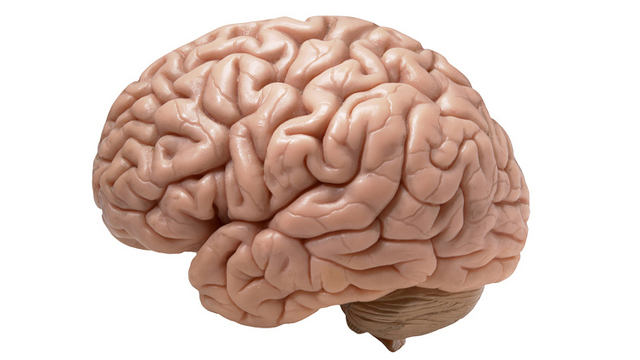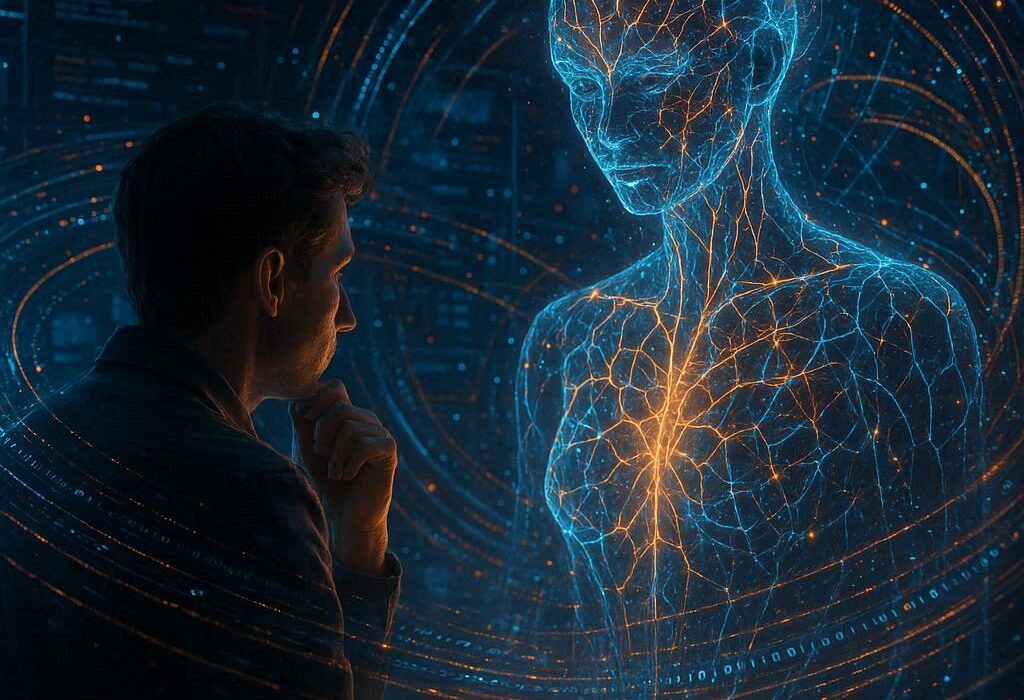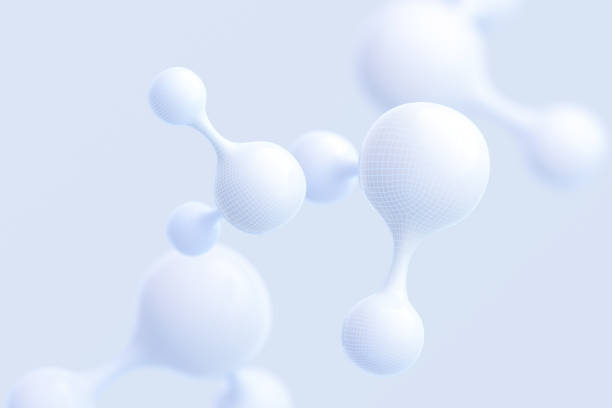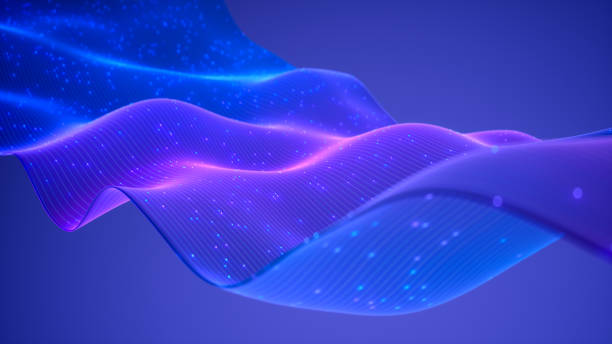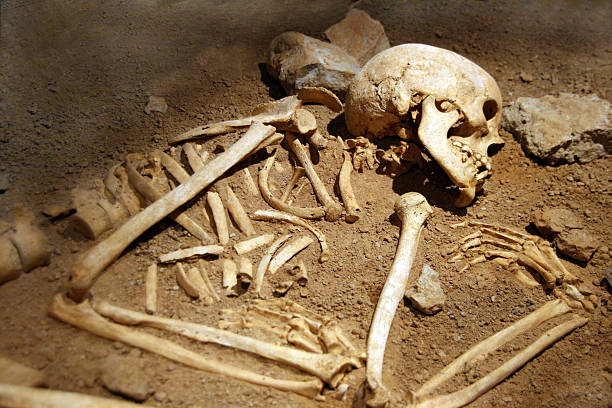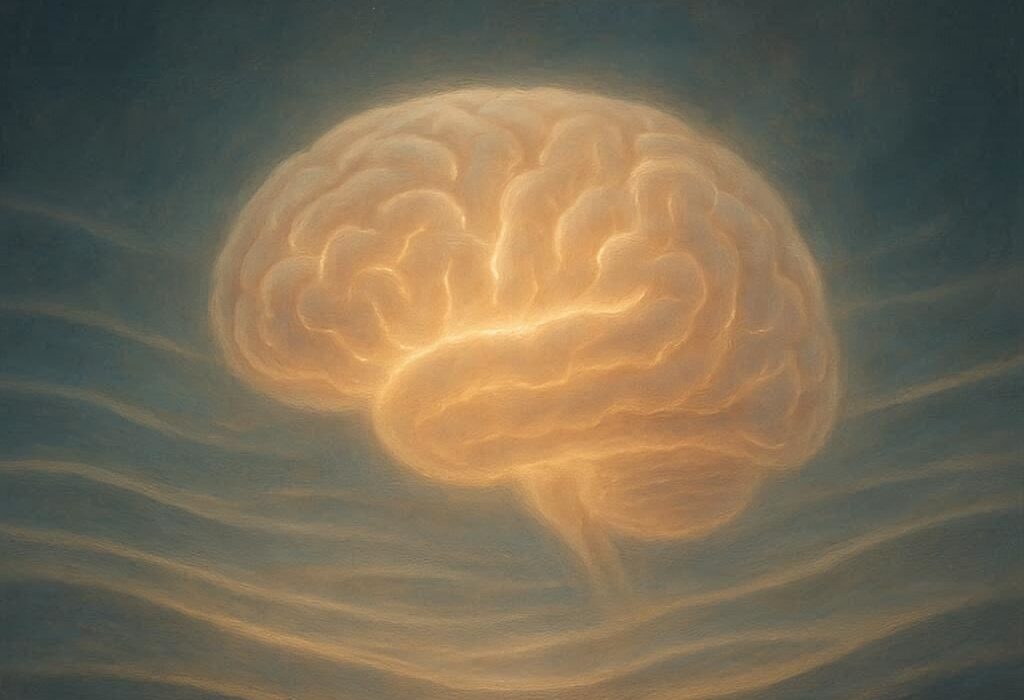The human brain is the most mysterious and complex structure in the known universe. We send spacecraft across galaxies, split atoms, and manipulate DNA—but when it comes to the organ inside our own skull, we are still uncovering its secrets. With its intricate networks of billions of neurons, the brain orchestrates everything from our thoughts and emotions to our memories and creativity. It is at once fragile and resilient, predictable and enigmatic, mechanical and profoundly poetic.
Scientists estimate that the human brain has evolved over millions of years to become the seat of intelligence, consciousness, and imagination. And yet, even with modern neuroscience, advanced imaging technology, and decades of study, we are only scratching the surface of understanding this extraordinary organ.
In this article, we will explore fifteen of the most amazing, scientifically accurate facts about the human brain—facts that will leave you in awe of the living supercomputer within you.
1. The Brain Is the Most Complex Structure in the Known Universe
The human brain is often described as the most complex object we’ve discovered anywhere. It contains around 86 billion neurons, each of which can form thousands of connections, or synapses, with other neurons. In total, the brain is estimated to have more connections than there are stars in the Milky Way galaxy.
These connections are not static—they are constantly changing, strengthening, and weakening in response to new experiences. This adaptability, known as neuroplasticity, allows us to learn, recover from injury, and reshape our minds throughout life.
Scientists studying artificial intelligence often draw inspiration from the brain, but even our most advanced supercomputers are still nowhere near matching its efficiency and complexity.
2. The Brain Runs on Electricity and Chemistry
Every thought, memory, and movement is powered by an intricate dance of electrical impulses and chemical signals. Neurons communicate using tiny bursts of electricity, which trigger the release of neurotransmitters like dopamine, serotonin, and glutamate. These chemicals then influence the activity of other neurons, creating vast communication networks.
This dual system of electrochemical signaling is what allows the brain to function at lightning speed. A single neuron can fire up to 200 times per second, and signals can travel along axons at speeds up to 268 miles per hour (431 km/h).
In a sense, the brain is both a biological computer and a living symphony of electricity and chemistry, endlessly producing the music of thought and feeling.
3. The Brain Consumes Massive Amounts of Energy
Although the brain makes up only about 2% of body weight, it consumes around 20% of the body’s energy at rest. That means a fifth of the calories you eat go directly to fueling your brain.
This enormous energy demand is due to the brain’s constant activity. Even when you are asleep, the brain is working—consolidating memories, regulating breathing, and maintaining vital functions.
The brain’s energy use is so high that if blood flow is interrupted for even a few minutes, neurons begin to die, leading to permanent damage. This explains why strokes and oxygen deprivation are so dangerous.
4. The Brain Has No Pain Receptors
The human brain is the organ that allows us to feel pain, yet the brain itself cannot feel pain directly. It has no pain receptors. This is why brain surgeries can sometimes be performed while the patient is awake, with only local anesthesia applied to the scalp.
Headaches and migraines are not caused by pain inside the brain tissue itself but by irritation or pressure in surrounding tissues, blood vessels, and nerves. This peculiar fact makes the brain unique among organs—it can sense everything except its own suffering.
5. Your Brain Is Constantly Changing
For a long time, scientists believed the adult brain was “fixed”—that once you reached adulthood, you stopped generating new neurons. But recent research has overturned this belief.
Thanks to neuroplasticity, the brain can reorganize itself throughout life. It can grow new neurons (a process called neurogenesis) and create new pathways in response to learning, practice, and experience.
This is why people can recover from strokes by retraining other parts of the brain to take over lost functions. It’s also why lifelong learning, exercise, and rich social interactions are so beneficial to brain health—they keep your brain rewiring and adapting.
6. The Brain Creates Dreams and Hallucinations
Dreams are one of the brain’s most mysterious phenomena. While scientists still debate their ultimate purpose, we know they are produced by bursts of neural activity during sleep, especially in the REM (Rapid Eye Movement) phase.
Dreams can be vivid, emotional, and surreal, blending memory fragments with imagination. Some theories suggest they help process emotions or consolidate memories. Others believe dreams allow the brain to “rehearse” challenges in a safe environment.
Hallucinations, on the other hand, occur when the brain generates sensory experiences without external stimuli. They can be triggered by illness, trauma, or even sensory deprivation, demonstrating the brain’s ability to create entire realities from within.
Both dreams and hallucinations highlight the brain’s immense power to construct and manipulate our perception of reality.
7. The Brain Has Remarkable Storage Capacity
The human brain’s storage capacity is mind-boggling. Estimates suggest it can hold the equivalent of 2.5 petabytes of information—roughly 2.5 million gigabytes. That’s enough to store about 3 million hours of television shows.
Of course, the brain doesn’t work like a hard drive. Memories are not stored in single “files” but are distributed across networks of neurons. Each memory is a reconstruction, pieced together from multiple brain regions every time we recall it.
This capacity for vast memory storage is what allows humans to preserve culture, knowledge, and identity across generations. Yet it also explains why memory is fallible—since recall is an active process, memories can be altered or even created entirely.
8. The Brain Works Best with Sleep
Sleep is not just rest for the body—it is essential for the brain. During sleep, the brain consolidates memories, clears toxins, and resets neural connections. Without enough sleep, concentration, learning, and decision-making suffer dramatically.
One of the brain’s most fascinating nighttime processes is the activation of the glymphatic system, which clears away waste proteins linked to conditions like Alzheimer’s disease.
Sleep deprivation has such a profound effect that after about 20 hours without sleep, cognitive performance becomes similar to being legally intoxicated. The lesson is clear: for the brain to function at its best, sleep is non-negotiable.
9. The Brain Produces Consciousness
Perhaps the most extraordinary fact about the brain is that it produces consciousness—the sense of self, awareness, and subjective experience.
Despite centuries of study, scientists still cannot fully explain how billions of neurons firing electrical signals give rise to thoughts, feelings, and awareness. This is known as the hard problem of consciousness.
While many theories exist—ranging from consciousness as an emergent property of neural complexity to it being a fundamental property of the universe—the mystery remains unsolved. Yet the fact that our brain allows us to reflect on itself is one of the most astonishing aspects of human existence.
10. The Brain Communicates with the Gut
You’ve probably heard of the gut-brain connection—and it’s real. The brain and the digestive system are linked through the vagus nerve and a complex network of neurotransmitters. In fact, the gut contains about 100 million neurons, sometimes called the “second brain.”
The gut microbiome, made up of trillions of bacteria, also influences brain function. Studies show that gut bacteria can affect mood, cognition, and even mental health conditions like depression and anxiety.
This means what we eat doesn’t just fuel the body—it directly shapes how we think and feel.
11. The Brain Can Rewire After Injury
The brain’s adaptability is nowhere more remarkable than in cases of injury. People who suffer strokes, traumatic injuries, or even the surgical removal of brain regions can often regain lost abilities through neuroplasticity.
For example, if one hemisphere is damaged, the other can sometimes take over its functions. Children with epilepsy have even undergone surgeries where an entire hemisphere was removed, and yet they still grew up to live functional, fulfilling lives.
This resilience reveals the brain’s astonishing ability to reinvent itself, even in the face of extraordinary challenges.
12. The Brain Generates Electrical Fields We Can Measure
Every time neurons fire, they produce tiny electrical currents. Collectively, these currents generate electrical fields that can be measured with techniques like electroencephalography (EEG).
These brain waves vary in frequency depending on the mental state. For example:
- Delta waves dominate during deep sleep.
- Theta waves appear during drowsiness or meditation.
- Alpha waves emerge in relaxed wakefulness.
- Beta waves occur during active thought.
- Gamma waves may be linked to higher-order cognitive processing.
These rhythms reveal how the brain’s billions of neurons coordinate their activity, creating the symphony of consciousness.
13. The Brain Can Be Tricked by Illusions
Our brains are powerful but not infallible. Optical illusions, auditory tricks, and cognitive biases reveal just how easily the brain can be deceived.
This happens because the brain doesn’t simply record reality—it constructs it. It takes raw sensory data and interprets it based on past experiences, context, and expectations. Illusions expose the shortcuts and assumptions our brains use to make sense of the world.
These quirks highlight both the brain’s brilliance and its limitations—reminding us that our perception of reality is always a mix of truth and interpretation.
14. The Brain Is Shaped by Culture and Experience
The brain is not only biological; it is also deeply shaped by the environment. Language, culture, and personal experiences leave physical imprints on neural pathways.
For example, learning multiple languages strengthens certain brain regions. Musicians develop enhanced auditory and motor areas. Trauma can rewire neural circuits, sometimes with lifelong effects.
This means that while every human brain shares the same basic structure, each brain is unique—a reflection of its experiences, environment, and cultural background.
15. The Brain Is Still a Mystery
Despite all we know, the human brain remains one of science’s greatest frontiers. We understand neurons and neurotransmitters, but we still don’t fully grasp consciousness, creativity, or the deep mysteries of memory.
The brain is an organ that not only governs our survival but also asks questions about itself. It paints art, writes poetry, builds civilizations, and gazes at the stars in wonder. It is the seat of science and the source of mystery at the same time.
Every discovery about the brain opens new questions. Every solved puzzle reveals deeper enigmas. Perhaps the most amazing fact of all is that the brain—this three-pound organ of gray and white matter—allows us to ask these questions, to seek answers, and to marvel at our own existence.
Conclusion
The human brain is more than just tissue and neurons—it is the essence of who we are. From its vast complexity to its fragile beauty, from its resilience to its capacity for imagination, the brain remains the most extraordinary structure we know.
It is the organ that dreams, remembers, suffers, loves, and creates. It is the storyteller and the story itself. As neuroscience advances, we will undoubtedly uncover more of its secrets, but perhaps it will always keep some mysteries hidden—reminding us that part of the wonder of being human is not having all the answers.
